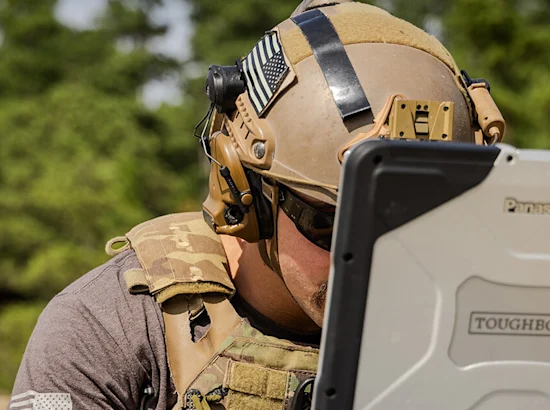The recent launch of the Army’s FUZE Program marked an inflection point in how the military develops and delivers capabilities. Why? It signals the adoption of a venture capital-inspired mindset within the largest branch of the U.S. military.
As described by the Army, FUZE is “designed to be the engine accelerating the Army's best ideas from initial concept to combat-ready capability.” It’s an entirely new capital model for investing in promising, early-stage companies that are developing technologies aligned to key warfighter needs. It’s envisioned to help develop cutting-edge capabilities that are delivered at the speed of relevance.
With this change, the message is clear: The Army is not only open to innovation but is restructuring itself to embrace the urgency and risk tolerance of the venture capital world.
Coupled with this bold shift are changing expectations from the Army to its partners. In his keynote at the Army Signal Forum II, the Honorable Dan Driscoll, Secretary of the Army, shared that he will demand speed, scalability, and affordability from prime contractors who will be integrating these capabilities into warfighter solutions. For GDIT, this is an exciting and necessary step to accelerate innovation in the modern age.
A New Era of Relentless Innovation Aligned to Mission Needs
Traditional acquisition cycles, which can span a year or longer, are increasingly mismatched with the pace of technological change. FUZE functions as a single engine for innovation. It consolidates existing efforts like xTech, Small Business Innovation Research (SBIR), Technology Maturation Initiatives (TMI), and Army Manufacturing Technology (ManTech) into a coordinated $750 million annual enterprise.
Moreover, the program deliberately mirrors the venture capital playbook: making many small and early investments, iterating quickly, and scaling promising winners that can transform Army capabilities.
What makes FUZE different from other efforts is its focus on “mission pull” as opposed to “technology push.” As an example, the program’s first innovation challenge targets unmanned aerial systems (UAS), counter-UAS, electronic warfare, and operational energy resiliency. Solutions will be evaluated in partnership with accelerators like Y Combinator, field-tested with Soldiers, and iterated quickly. Future challenges are expected to cover domains such as AI-driven analytics, edge computing, and next-generation cyber and communications technologies, and other areas aligned to the Army’s most pressing operational gaps.
Systems Integrators as Connective Tissue
The launch of FUZE carries important implications for Federal Systems Integrators (FSIs). As the Army embraces this new model, FSIs must adapt to faster timelines, higher risk tolerance, and a willingness to partner with and integrate capabilities from Silicon Valley-style tech startups that have historically not been included in the traditional dichotomy of large primes and small businesses.
Integrators will increasingly serve as the connective tissue for this growing category of innovation, helping government customers evaluate a wide pipeline of commercial technologies, scaling the most promising solutions, and ensuring they can be deployed securely and effectively in mission environments.
This shift also expands the role of FSIs beyond systems integration into innovation orchestration. Integrators’ capacity to look across their portfolios, leverage best practices, strengthen mission delivery becomes even more important under the FUZE model because the approach will demand integrators that can turn rapid prototypes into operationally viable systems, manage hybrid teams of traditional primes and startups, and deliver solutions that are able to continuously evolve alongside dynamic threats.
Aligning Emerging Threats with Emerging Tech – Together
At GDIT, we see the FUZE program as a validation of our ongoing efforts to strengthen our partnerships with emerging tech startups, VCs, and other emerging tech ecosystem participants. It is aligned with our focus on deepening our expertise in AI, full spectrum cyber, edge technologies, and other capabilities that are critical to delivering the mission of our customers. It also reflects our intentional integration of novel technologies into our solutions and digital accelerators.
Emerging threats demand emerging solutions, and the Army FUZE program alongside the release of the OMB FY 2027 Administration R&D Budget reflect the growing importance of investing in the critical technologies that will shape national security and enhance our national competitiveness in the face of challenges of unprecedented scale and complexity. We share the Army’s and the Administration’s sense of urgency on this front and stand ready to help customers capitalize on the potential of emerging technologies.






